
A walking trail discovering European wild animals
What can you do when it’s raining in the Ardennes? Perhaps the best answer is to walk for 5km through the forests and fields of the Famenne region at the Han Caves Park.
A 5 min Escape
We visited a must-see visitor attraction in the Ardennes , the Han Caves Park, with its 2km and 5km walking trails, through deciduous forests and fields, to encounter some wild animals, including the European “Big Five”. The threatening rainclouds in the sky on this Sunday in May were our best ally to get the best views of the animals in the park. So let me take you on an Ardennes safari!
When Julien and I woke up on that Sunday, it was drizzling over the countryside. Although the weather wasn’t good, the desire to see native European wild animals overcame our reservations. After our breakfast coffee we booked our activity and I prepared a picnic, not forgetting two bottles of La Chouffe beer, while Julien sorted out our walking boots and waterproof jackets and loaded them into the car. Finally we set off for Han-sur-Lesse along the country roads of the Famenne region, shrouded in mist and glistening with dew.
Once we had arrived, we didn’t regret our choice. The forecast bad weather had put off most tourists and we were the only passengers to get off the train that runs along a formerly disused railway at the start point of the walking trail in the early afternoon. The damp forest was full of woody odours.
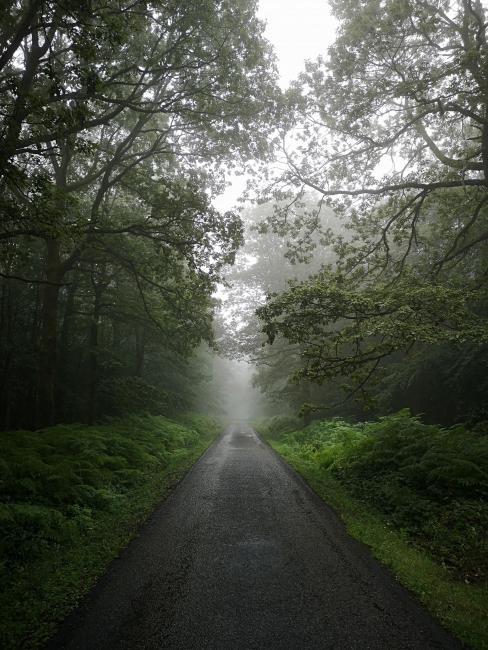
Rain and springtime: an ideal combination!
Already, in the distance, we could see the antlers of some reindeer in the fields. The staff at the visitor centre had told us that our choice to visit the park in this weather guaranteed that we’d see the animals, because in the hot summer weather they preferred to hide out of sight in the shade.
The second advantage of visiting in the spring is that it is when many of the animals give birth to their young. So I’d heartily recommend a visit on a wet spring Sunday! The herd of reindeer sleepily standing before us included two beautiful recently born fawns, already running around their mother. A perfect start to our walk.
Along the fairly easy 2km trail through the forest, information panels told us the history of the park and the animals nearby. we saw and heard rare and common species, all native to the Ardennes: eagle owls, barn owls and, loudest of all, some wild boar digging in the ground further away. The views are the best in the region. The mist had filled the plain, and Julien and I were able to watch the aurochs graze peacefully from our viewpoint on top of a rocky outcrop. Not all the animals remained calm, as we would see later!
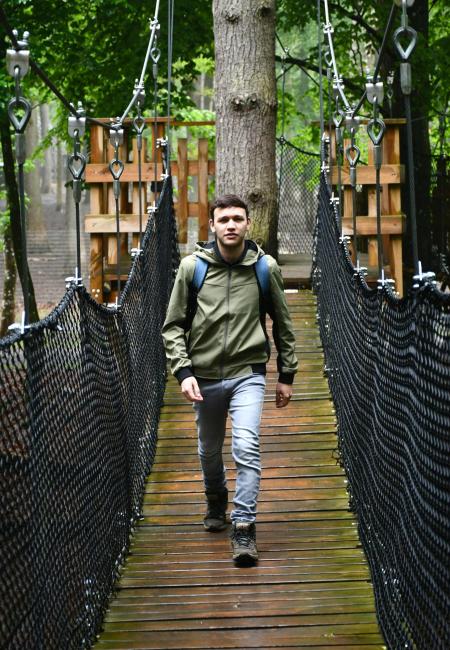
A little further on along the trail, rope footbridges had been installed to raise us up into the trees so we could observe some of the cutest animals in the park: arctic foxes. Jackson, Speedy and Tjarek were enjoying a siesta but still kept an eye on us... well, you never know! However, I’m sure that Jackson, whose coat was greyer than those of his brother and sister, recognised his name. He raised his ears into the wind and gave us an amused look as, big kids that we are, we shouted his name. These three young, playful and curious animals arrived here in 2018. The boards told us that Speedy, the female, could produce up to 8 or 10 cubs in each litter. Fingers crossed!
The trail continued along more rope footbridges, made slippery by the rain. Our views of the Famenne plain continued, 5m above the ground. Making the footbridges sway as much as we could as we walked along them added to the fun, as it would for visitors of all ages!
Finally, we quietly approached the best-known of the Big Five: the wolf! Ahouuuuuuu!
The big "bad" wolf
The first of the "Big Five" and certainly not the least: the wolf!
We were astonished to see that the pack was made up of only one female and seven males. A keeper would explain to us later that it was a recomposed pack. A dominant alpha male and his son the “wannabe leader" who had distinct characters, were the pack leaders. In captivity, even though their enclosure is large, it is not ideal, as wolves roam over unbelievable distances in the wild. As a consequence, the wolf pack’s number had fallen from 11 to eight. Occasional fights took place, which could be fatal for the weaker wolf.
Julien noticed that some of the wolves held their tails down by their bodies as they moved, showing they were submissive to the pack leaders. The information panels are full of practical information.
After the wolf enclosure, a field full of sika, a dwarf species of deer, came into sight. Suddenly there was a noise… it was two lively marmots, each trying to demonstrate dominance. Their yellow teeth bared, they flexed their muscles to show off to their opponent, but it only lasted two minutes, as the appeal of carrots was stronger, and they both returned to their banquet.
If you’re looking for new-borns, here they are!
We were beginning to feel hungry for our picnic. The former Tivoli railway station was a perfect spot for our lunch stop. I regretted having prepared a snack because the Tivoli Café’s pain bagnat looked delicious, as did their selection of beers. A friendly keeper told us that the safari car was waiting for us in the field, exclusively for us, it turned out! For there were still no other visitors in sight to share the electric vehicle with us. It had turned out to be a perfect day! We drained our bottles of La Chouffe and then hurried to see the pack of Arctic wolves before re-joining the keeper (whose name I have unfortunately forgotten).
Around a hundred metres from the Tivoli, the Arctic wolves’ enclosure included trees and burrows. Two observation posts had been set up to give us delightful views. While it was easy to spot the adult wolves, with their pale fur, it was a real joy to spot a group of balls of grey fur by their paws! The wolf cubs were playing and running all over the place, but never strayed far from their parents. It was the first time we’d ever seen anything like this, and the lack of other visitors made it even better. After a few minutes, we both had broad grins on our faces. After about a quarter of an hour, we decided to join the keeper in the safari car.
At this point, you can continue to walk along the trail through the fields, which I strongly advise, because you can take your time and see more animals. However, given the opportunity to have the safari car to ourselves, we jumped at the chance, which allowed us to visit the caves and to experience the new son-et-lumière show, which I hadn’t been able to see before.
Four of the European “Big Five” in the fields: bison, lynx, wolverine and bear
The keeper took charge of us and drove us across the fields. We observed vultures, storks, lynx and lots of aurochs. But weren’t aurochs extinct?. Yes, they had disappeared in 1623, explained the keeper as she drove. What we could see in front of us was a herd that had been genetically reconstructed. Watching them grazing peacefully in the huge wet field we would say that they were in good hands now. Some calves, with pale brown coats had been born this year. Their horns were impressively large. Although they are free to roam the plain, they rarely approach visitors. ibex, roebucks and does were dozing quietly between the aurochs, which looked up as we passed without really worrying about us. A real joy!
Two other equine species also live on the plain: the Eurasian wild horse, another extinct species that has been genetically recreated and the Przewalski horse, the last herd of which were discovered at the end of the nineteenth century. Since then, thanks to the efforts of breeding centres around the world, herds have been reintroduced to semi-wild conditions in their native Mongolia to ensure the survival of the species.
We rounded off our visit at the bear enclosure. As I mentioned earlier, the safari-car drive doesn’t allow visitors to see the wolverines and the Poitou donkeys.
On the day we visited, the park was preparing to welcome three new brown bears. This will be a real revolution for the Park. The newcomers will be housed in a brand-new enclosure next to Willy and Marlene, the two bears who have been living here for years. I was invited to attend the inauguration of the new enclosure a few weeks later, marking a real step forward for the park.
Our visit ended on this joyful note. We went on to the incredible caves and the son-et-lumière show, which are also worth a trip to see.
Visiting with family members, friends or as a couple like us, you won’t be disappointed. The walking trail allows you to enjoy European wild animals at your own pace, and their wellbeing is undoubted. The fact that visitors can choose between the walking trail, the safari car, a mix of the two and the caves, means you never feel crowded out. For the bravest souls, a rainy day is your best ally!
An exceptional inauguration
As I mentioned earlier, I was invited to attend the inauguration of the new bear enclosure and to welcome the three new bear cubs. After a moving speech by Brigitte Malou, the Han Caves Park’s manager, we were able to go and observe the new arrivals! A real treat...
Have this experience
Han Caves Park (Domaine des Grottes de Han)
Walking trail
Rue Joseph Lamotte 2, 5580 Han-sur-Lesse, Belgium
Tel: (+32) 84 37 72 13
www.grotte-de-han.be/en
Opening hours
Click here to see the complete opening hours
Admission charges
For the walking trail or the safari-car tour: €23 per adult and €17 per child. Combination tickets for all the tours: €33 per adult and €24 per child.
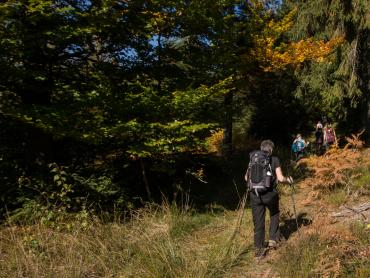
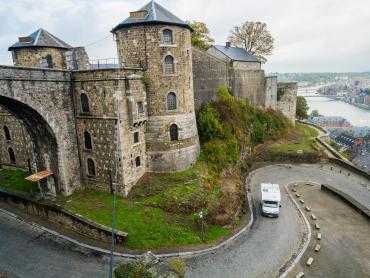
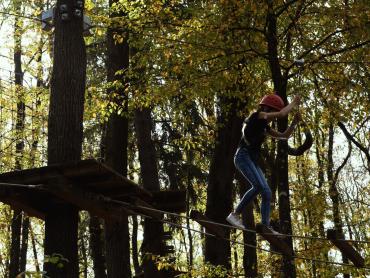
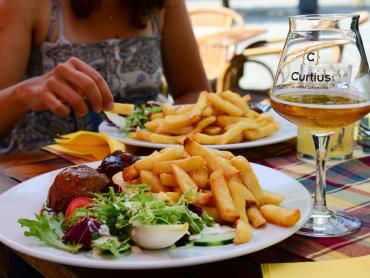
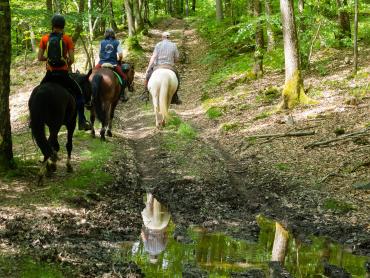
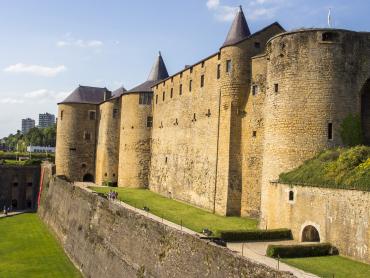
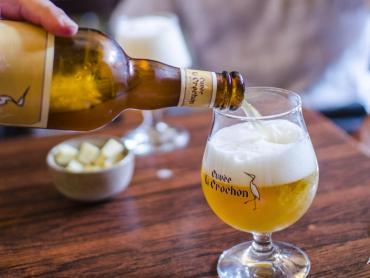
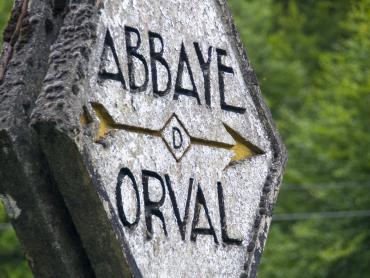
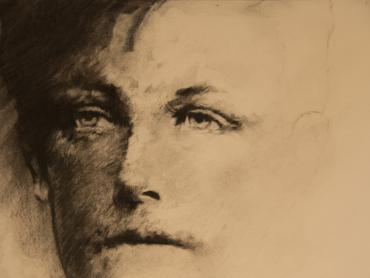
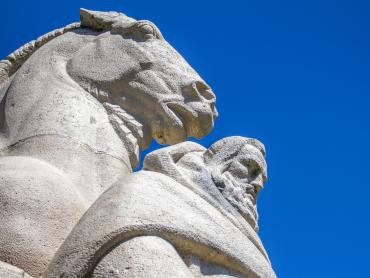
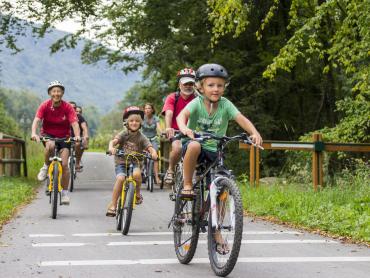
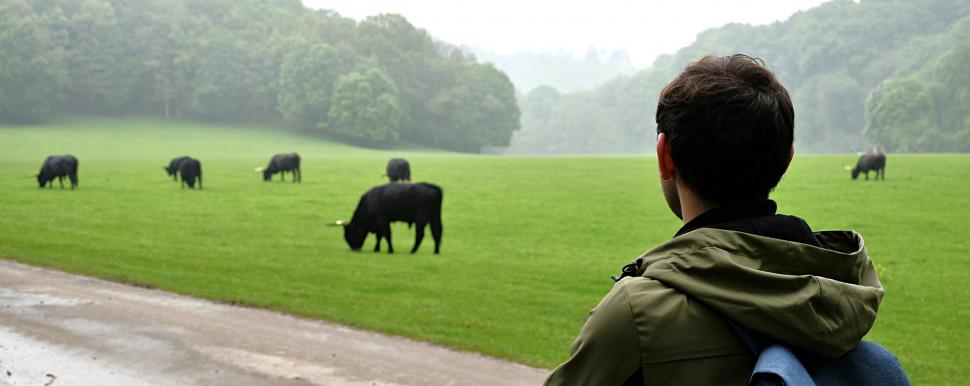
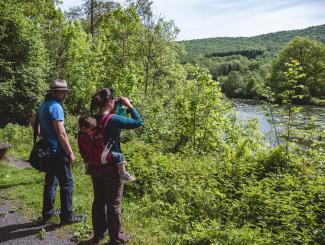

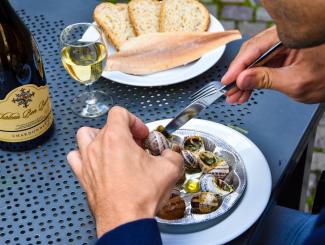
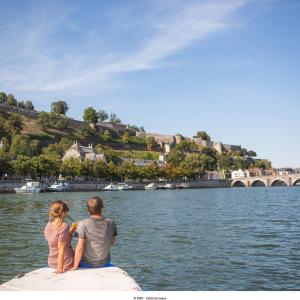




The rain was our best ally to get the best views of the animals